Millions of mysteries always exist around us and it makes people curious about the truths behind them. Therefore, scientists have always been the pioneers to explain those secrets. There were great discoveries in history which made the scientific community ridicule and ignore at that time. On the contrary, some scientists had dumb opinions and their theories were reputedly the praiseworthy truths during the past decades.
With each advancement of science, our knowledge of this world and the worlds outside it is increasing by leaps and bounds. Today we take much scientific knowledge for granted. But actually, they are the results of centuries of interpretations and experiments. For a long time common people, physicians, and even scientists based their theories more on beliefs rather than on scientific proofs. Those theories might make us laugh today, but at one time they were an integral part of people’s life. Keep reading this list to discover 5 crazy things scientists used to believe in.
1. Prior to the germ theory of disease, doctors believed the “miasma” theory according to which disease was spread through poisonous air rising up from the ground as a result of decaying organic matter carried by wind from stagnant swamps and cemeteries.
For many centuries, doctors and scientists debated over the possible cause of diseases such as chlamydia, cholera. or the black death. One of the most widely accepted theories in those times was the “miasma” theory. According to this theory, these epidemics were caused by miasma, i.e., bad air, emanating from rotting organic matter.
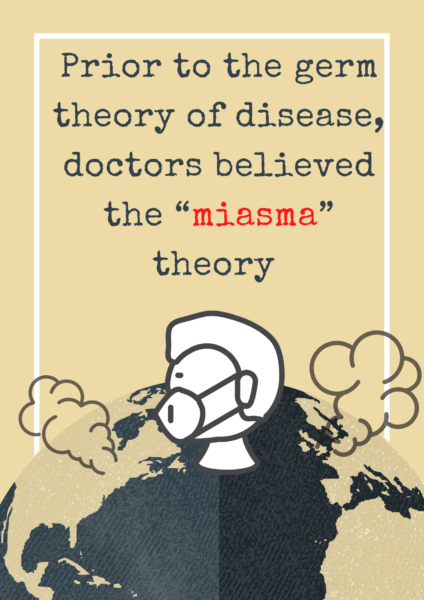
Since the ancient times, the miasma theory was accepted in Europe, China, and Southeast Asia. Miasma, the poisonous vapor or mist, was thought to be filled with particles from decomposed matter. During the 1850s, the miasma theory was challenged by physicians such as John Snow and Filippo Pacini. The definitive end of this theory came after 1876 when Robert Koch proved that the bacterium Bacillus anthracis caused anthrax, and then the germ theory started gaining a foothold.
2. Prior to 1860s, doctors did not wash their hands before attending to patients, and the doctor that proposed medical professionals should wash their hands before handling patients was so mocked by his peers that he suffered from a nervous breakdown.
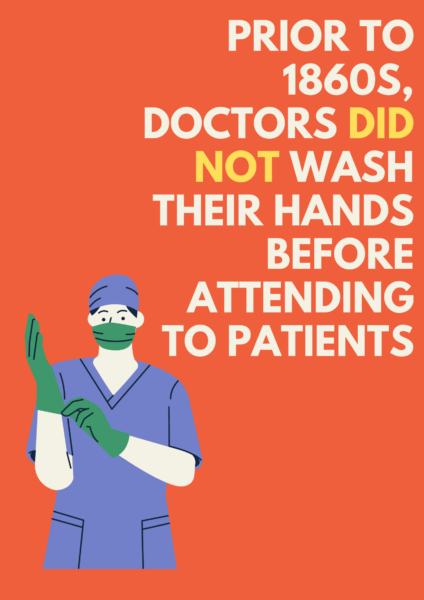
In 1865, a Hungarian physician, Ignaz Philipp Semmelweis, was committed to an asylum as he suffered a nervous breakdown. The reason: he suggested that doctors should wash their hands after examining a patient. In those times, the germ theory of disease was not widely accepted. Hence, doctors didn’t wash their hands after performing an autopsy and even after examining a patient. The bed linens and laboratory coats were not washed. Surgical instruments were cleaned only when they were put away for storage.
Also, in those times, it was a common notion that a gentleman’s hands are always clean. Since doctors were gentlemen, they refrained from washing their hands. So, when Semmelweis suggested that doctors should wash their hands, he was mocked and ridiculed. After his death, the germ theory came into existence, and by 1875, scrubbing of hands and sterilization of instruments were widely practiced.
3. Before the concept of vacuum came into existence, physicists believed that there was no empty space in the universe, and light traveled through a medium called “aether.” It was considered a fifth element along with earth, wind, fire, and water.
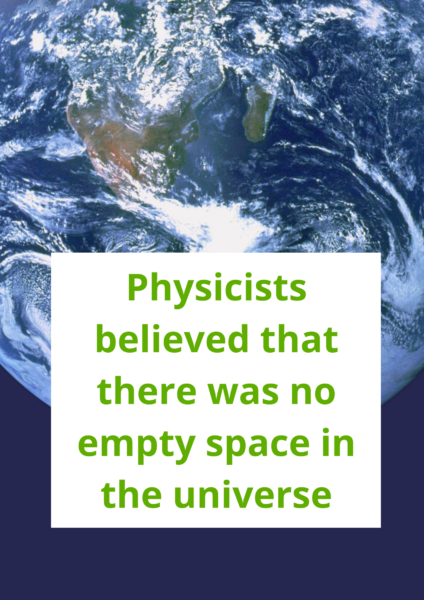
According to the ancient and medieval science, the space above earth’s terrestrial sphere was filled with a material called “aether”, also known as “quintessence” and now referred to as “ether.” It was believed to fill the universe and act as a medium for the propagation of light. Until the 19th century, various physicists conducted numerous experiments but couldn’t find any physical evidence that could prove the existence of ether. Its end came after Einstein’s “Theory of Relativity” was published as it solved many theoretical problems related to ether. Since then, ether has been considered to be non-existent.
Maybe you’re interested in: This is Why Halloween Is Creepy…
Color-Emotion Connections Often Cross Borders and Cultures, Study Finds
4. Mercury was once considered safe and used as a disinfectant, laxative, cure for syphilis, and even as a pill for immortality.
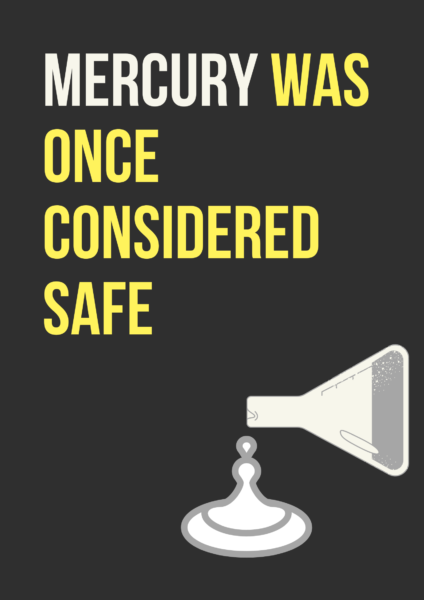
Today, we are well aware that mercury is extremely toxic and a harmful, environmental pollutant. But in earlier times, common people, as well as scientists and physicians, used this “liquid silver” extensively. They believed it to be a miraculous substance capable of eradicating most diseases. Its popularity can be understood by the fact that when in 210 BC a Chinese emperor, Qin Shi Huang Di, wanted to become immortal, he was given potion or pills containing mercury by his court scientist. It ultimately led to his death.
In the sixteenth century, mercury was extensively used in medicine. For the next four centuries, mercuric compounds were an essential ingredient in drugs in both Asian and European pharmacopeias. As a result, more people died of mercury poisoning than from the maladies they were actually suffering. Even in the 1990s, mercury was used as a spermicide. It is still used in dental amalgams, cosmetics, saline solutions, and eye drops.
5. Until recently, it was a popular scientific belief that different sections of your tongue react to different tastes.
Almost everyone who had attended their biology class had at one time or another seen the tongue diagram, also known as the “taste map.” It contains the image of a pink tongue with regions marked for various tastes. It shows that there are particular regions in our tongue which can detect a particular taste only. In reality, the tongue diagram is completely wrong. Chemosensory scientists have debunked the myth, yet it is still taught in some schools.

The tongue diagram originated from a paper published in 1901 by a German scientist, David P Hanig. He found that different parts of the tongue have a lower threshold for perceiving certain tastes. But the differences are extremely minute. The diagram sketched by him was the artistic interpretation of his measurements. The diagram was wrongly interpreted and later accepted by the world as the taste map.
Source https://unbelievable-facts.com/2018/11/crazy-things-scientists-used-to-believe.html/2
Like this? Read more HERE

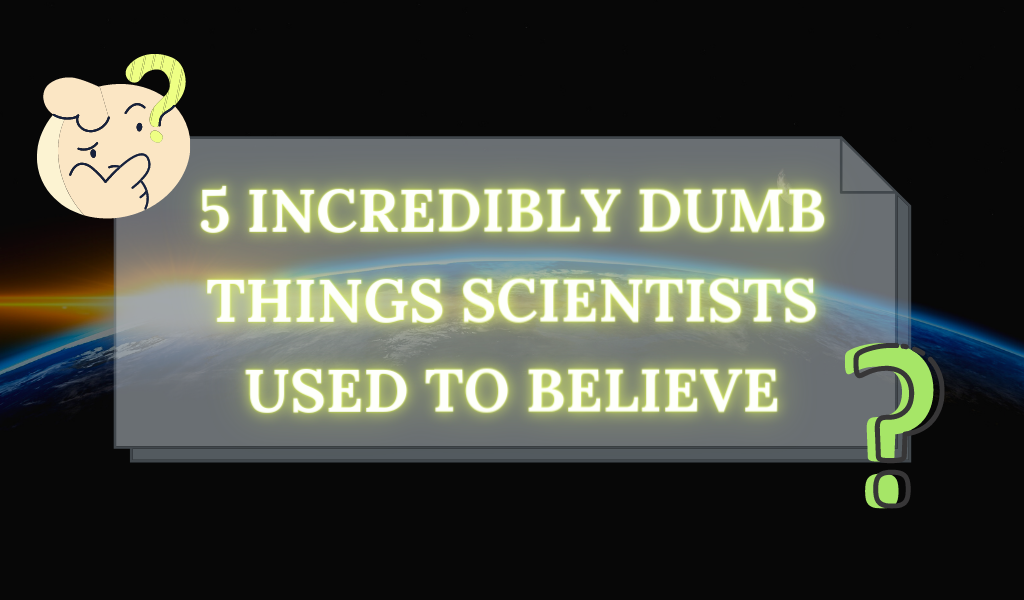




Recent Comments